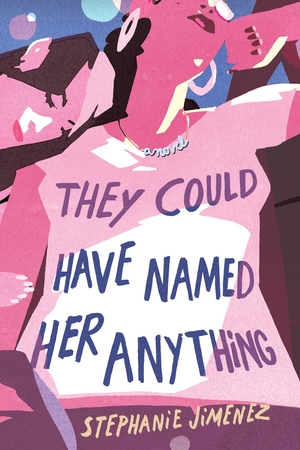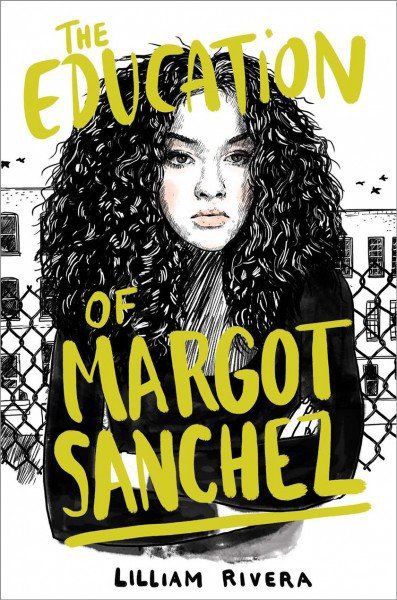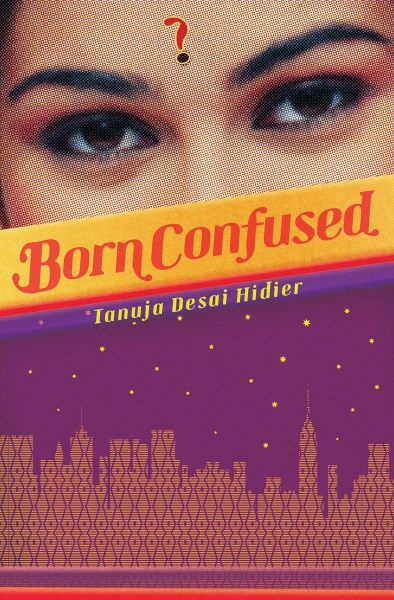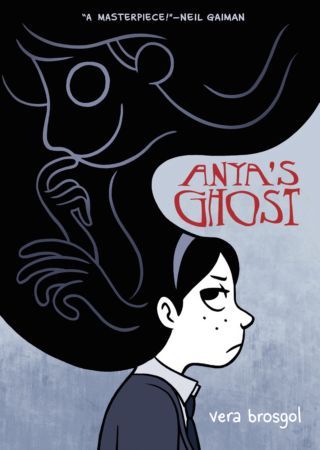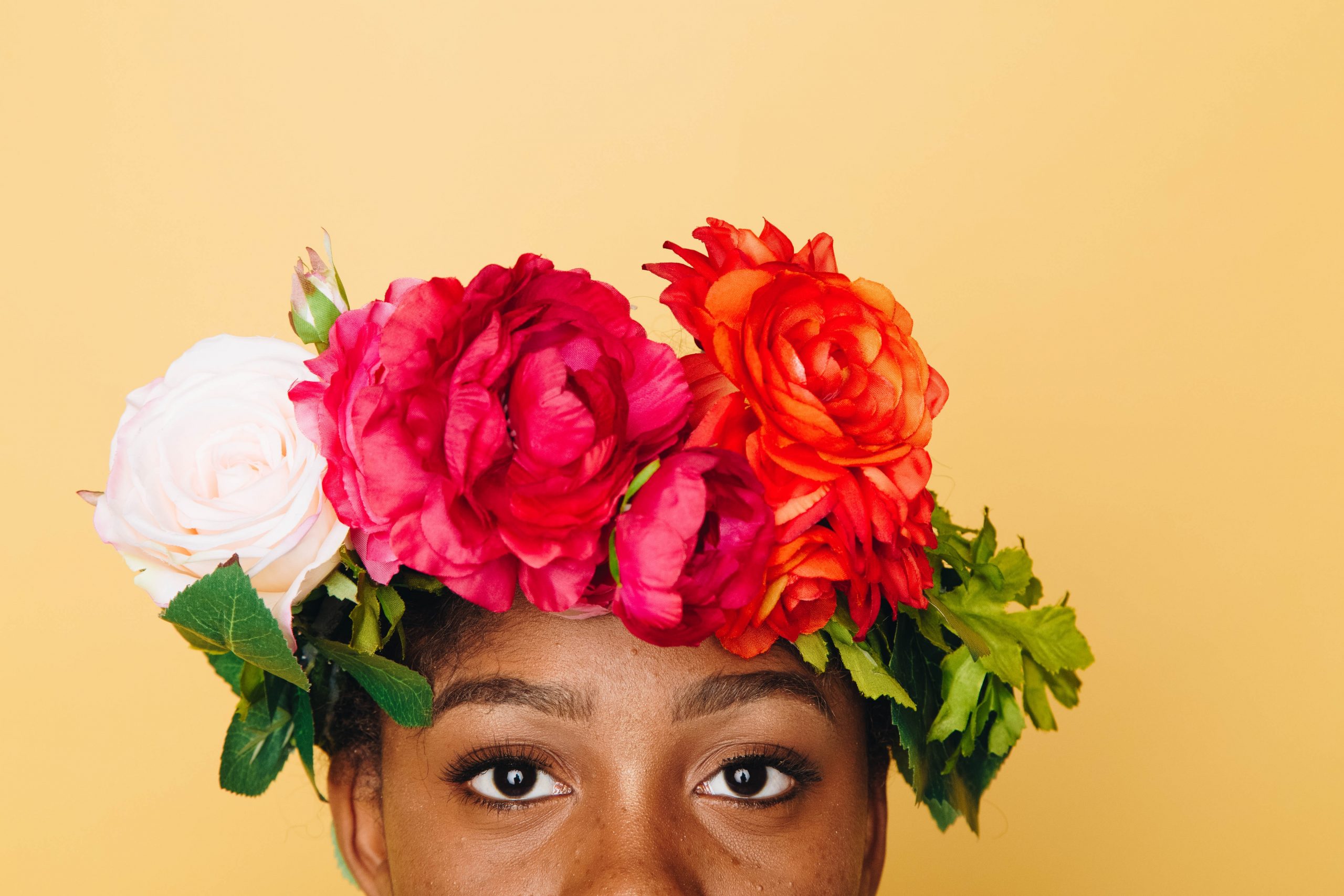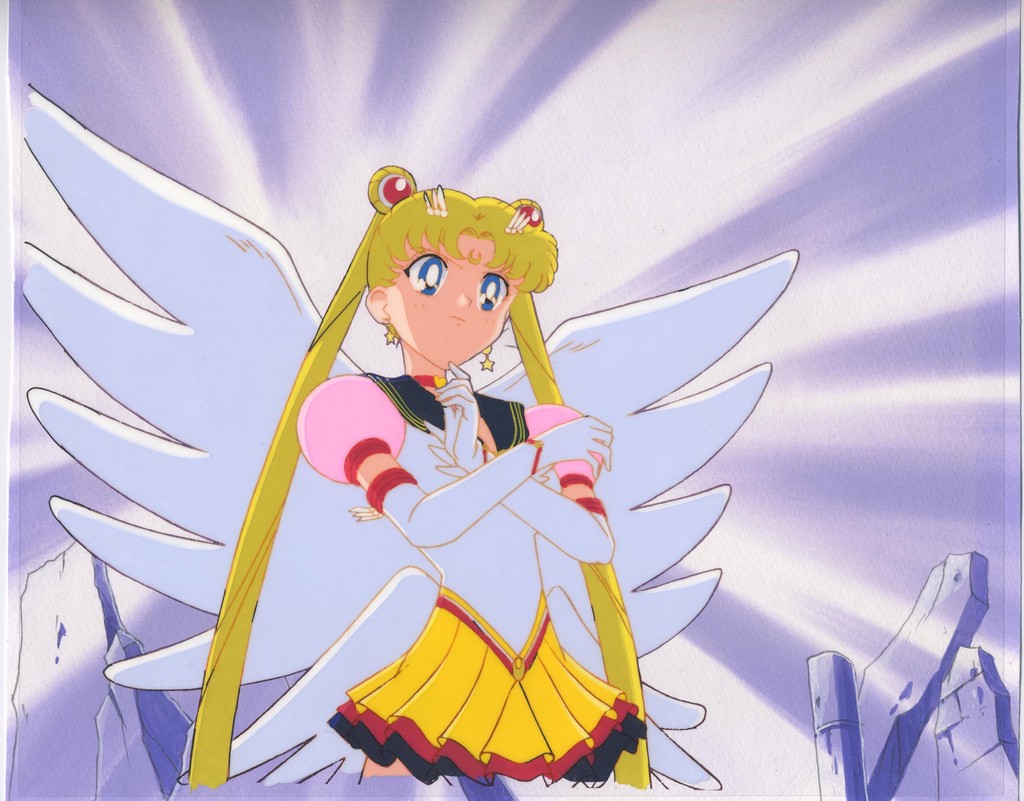Reading Lists
7 All-American High School Stories Centered Around Students of Color
Stephanie Jimenez recommends books in which the token minority goes from sidekick to protagonist

When I was a teenager in the mid-2000s, I loved books and television about American teenagers navigating high school. From the Gossip Girl series to class-assigned texts like A Separate Peace and The Catcher in the Rye to blockbuster movies like Mean Girls, these representations of blond, ruddy, and fair-skinned characters made up a sizeable chunk of the culture I consumed.
I don’t even think I was bothered that none of the characters in these series and books looked anything like me. As a Latina, I knew I was an anomaly in my all-white prep school, and perhaps I never imagined that stories set in schools like mine could be told from my perspective. Gossip Girl, Cady Heron, and Holden Caulfield were certainly outsiders at their schools, but they weren’t racial outsiders, and their whiteness allowed them a sense of ownership of those places that I—a non-white scholarship student whose place was contingent on good grades—felt I had simply no authority to critique.
I wrote my book They Could Have Named Her Anything in part out of my love for teen dramas, but also in defiance of the erasure of students of color in pop culture. When students of color are portrayed in mainstream narratives, they are often situated in gritty, underfunded public schools, like in the 2007 movie Freedom Writers where white teachers are contextualized as benevolent saviors. But students of color do enroll and graduate from elite majority-white schools, despite the many obstacles to their success. (You can’t miss them—they’re usually overrepresented in websites and brochures.) What can we learn from hearing their stories?
Below are seven books in which the token minority or immigrant student goes from tertiary character to storyteller, becoming a powerful voice that calls into question to whom these institutions belong and to whom they must be accountable.
Make Your Home Among Strangers by Jennine Capó Crucet
Jennine Capó Crucet’s debut novel was the first book I’d ever read that spoke so candidly about the myriad obstacles that students of color face in higher education, revealing specifically how academia is designed to benefit its most privileged students. In the book, Cuban American Lizet struggles to care about her classes at her elite private college in New York as her mother becomes increasingly involved in activism in Miami: “I felt in those weeks that school was a job: finish my courses with the highest grades possible and get back home.” And yet Lizet’s realization is tinged with resignation, with recognition that the academy often pushes students of color out of their doors, sometimes before even graduating: “It brought me a sense of calm, to recognize my place, to admit I could only rise so far above where I’d come from and only for so long.”
The Education of Margot Sanchez by Lilliam Rivera
Margot Sanchez is a complicated and delightful character whose intense desire to fit in with her white, wealthy peers leads her to do unconscionable things—like steal her parents’ credit card. And yet Margot’s bad behavior is not frivolous teenage self-centeredness, but a much deeper-rooted desire to make her hard-working parents proud, a responsibility that she feels alone in having to shoulder: “My parents have no idea who I have to compete with Somerset Prep… If I was going to be the great brown hope for my family by attending this super-expensive high school, I knew I needed to make friends with the right girls.”
Born Confused by Tanuja Desai Hidier
In 2002, Tanuja Desai Hidier published this beautifully-rendered debut that is now regarded as the first South Asian Young Adult novel. Dimple Lala is a seventeen-year-old Indian American student at a suburban New Jersey high school. She is also a budding photographer whose tendency to hide behind her camera becomes a metaphor for her ability to notice much more than what her predominantly white classmates can see: “Fortunately I have this gift for invisibility, which comes in handy when you’re trying to take sneak peeks at other peoples’ lives.”
Speak No Evil by Uzodinma Iweala
Niru is the queer Nigerian American protagonist of Speak No Evil. He knows what it’s like to be treated as an object at his elite private school, and have the school fail to intervene: “The white kids used to touch me all the time when I was younger, like they owned me… I let them play around because there were always more of them than me.” As he grows into adulthood and into his sexual identity, Niru finds that he is not immune from his peers’ aggression despite his relative wealth in his D.C. suburb: “Then there was the time one of the girls came up to me after school and asked if she could look down my pants, just a peek, you know, to settle a debate they had after sex ed. I pretended not to hear, but I walked around the rest of the day staring at the floor with my fists clenched.”
Anya’s Ghost by Vera Brosgol
In this gorgeous and wholly original graphic novel, the desire to assimilate becomes fatal as Russian protagonist Anya befriends a deceitful ghost who is more than willing to help Anya become more like the all-American classmates that Anya has little luck emulating. Anya’s longing for romantic attention in a place where being skinny and blond is equated with sexual desirability becomes the first way in which she starts to disidentify with her family, rejecting her mother’s cooking and asking for “low-fat” Poptarts instead. “Back in Russia, being fat meant you were a rich man!” Anya’s mother says, to which Anya snarkily replies, “I don’t think American boys really go for girls that look like rich men.”
This Will Be My Undoing by Morgan Jerkins
In the very first essay of the collection, Morgan Jerkins describes how the “blinding” whiteness of her high school manifested into a form of self-hatred: “If I could not be a white girl, then I could mimic one until anyone who saw me would think that my skin was a costume. I thought myself very ugly.” An early experience of racism at her suburban school led Jerkins to a framework for understanding her marginalized position in white America. When a Filipina classmate called her a racial slur for trying out for the mostly white cheerleading team, she writes, “I didn’t make the team, and therefore, she knew that I was inferior… I should’ve known my place.”
“La Hija de Changó” in Love War Stories by Ivelisse Rodriguez
This moving collection of short stories sheds light on the Latinx experience. In one story, “La Hija de Changó”, the protagonist describes what it’s like to go to the Whitney School where even though most of the students are white, the differences between “the rich kids” and “the poor kids” aren’t just based on race. “Tania, who is a Park Avenue girl all the way, is making the trek uptown with us today to the botánica. Even though she’s Puerto Rican, I know she’s never been to East Harlem before and I’m sure that she’ll sit here tomorrow during fifth period lunch and regale them with stories of the big bad ghetto.” Rodriguez writes in Kweli Journal that the story is reflective of the need for majority-white schools to do more to cultivate their students of color rather than isolate them from their communities and “how education can separate us from all that we previously knew.”




